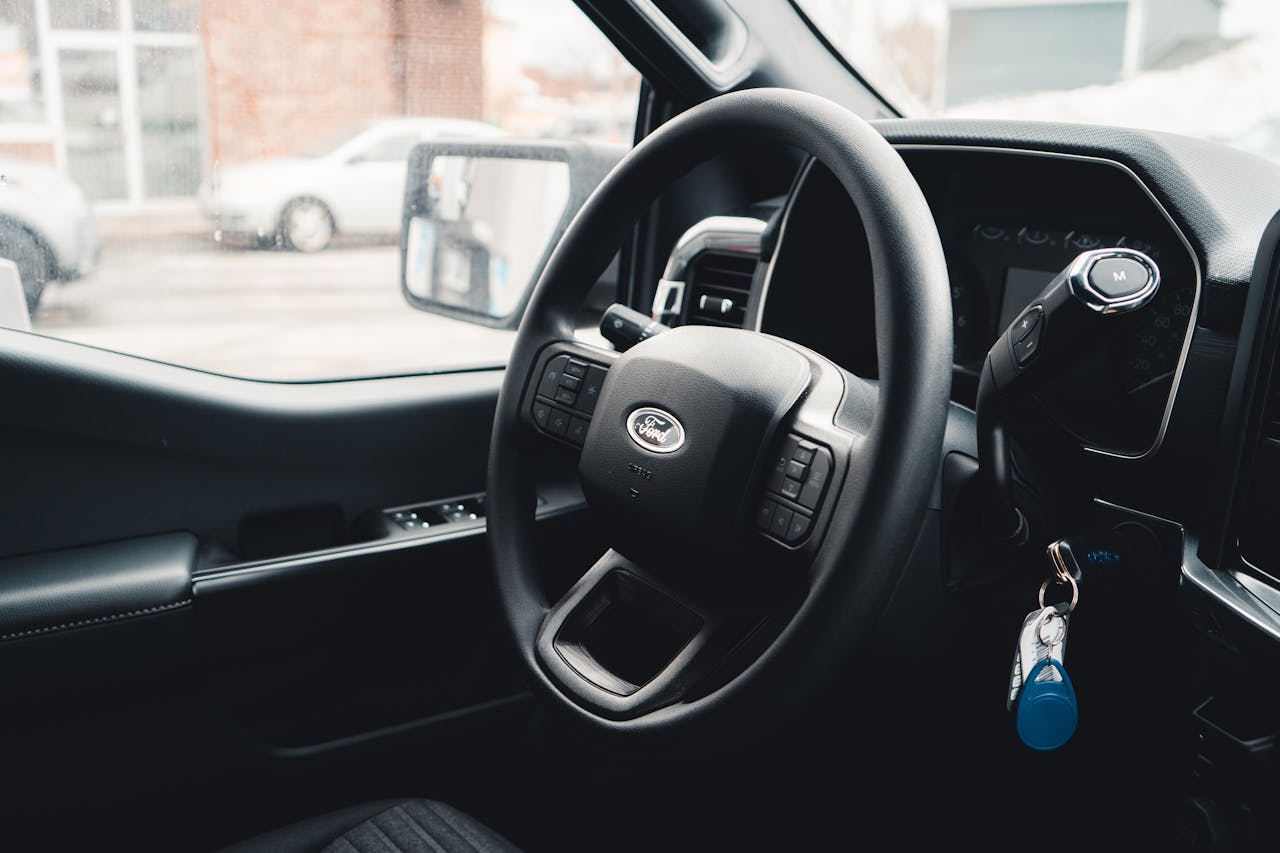
INSURANCE POLICIES CAN BE CONFUSING.
In this article, we will review just a few of the lesser known items that are not covered by a basic homeowners policy and ways you can add extra coverage, should you choose.
Your insurance policy should specifically cover your home or investment property in the case of severe loss. On the other hand, your insurance policy should not be utilized for routine maintenance or wear and tear issues as that will cause your insurance premiums to rise over time. Filing multiple claims for wear and tear or maintenance issues could also result in a non-renewal notice which can make placing future insurance policies for your property more difficult.
HOMEOWNERS INSURANCE POLICIES
A basic homeowners insurance policy typically covers a range of perils, including fire, theft, windstorm, hail, and some types of water damage. However, there are some things that are generally not covered by a basic homeowners insurance policy. Some examples of things that may not be covered include:
1) Flood damage: A standard homeowners insurance policy typically does not cover damage caused by floods. Homeowners who live in flood-prone areas may need to purchase separate flood insurance coverage.
2) Earthquake damage: Most standard homeowners insurance policies do not cover damage caused by earthquakes. Homeowners in earthquake-prone areas may need to purchase separate earthquake insurance coverage.
3) Sewer backup: Water damage caused by a sewer backup may not be covered by a standard homeowners insurance policy. Homeowners may need to purchase a separate endorsement or rider to obtain this coverage.
4) Maintenance-related damage: Damage caused by normal wear and tear, lack of maintenance, or neglect is generally not covered by a homeowners insurance policy.
5) Damage caused by pests: Damage caused by rodents, termites, or other pests is typically not covered by a homeowners insurance policy.
6) High-value items: Personal belongings such as jewelry, art, or collectibles may not be fully covered by a standard homeowners insurance policy. Homeowners may need to purchase additional coverage for these items.
7) Liability claims related to business activities: Liability claims related to business activities conducted on the property are generally not covered by a homeowners insurance policy. Business owners may need to purchase separate business insurance coverage.
It is important for homeowners to review their insurance policy carefully and understand what is and is not covered in order to ensure they have adequate protection for their home and belongings.
SEWER BACKUP COVERAGE
Water backup coverage is a type of insurance coverage that provides protection against damage caused by water that backs up into a home through a drain, sewer, or sump pump. This coverage is designed to protect against losses caused by events such as heavy rainfall, melting snow, or clogged pipes.
Water backup coverage is not typically covered on a basic homeowners insurance policy because it is considered an optional coverage that is not included in the standard policy. While some policies may include limited coverage for water damage, such coverage may not extend to water that backs up through a drain or sewer.
Homeowners who wish to add water backup coverage to their policy can typically do so by purchasing an endorsement or rider that specifically provides this coverage. The cost of this coverage may vary depending on the level of protection desired and the specific terms and conditions of the policy.
To add water backup coverage to a homeowners insurance policy, homeowners should contact their insurance agent and request the addition of the endorsement. Your agent can provide more information on the cost and coverage details of the endorsement, as well as any exclusions or limitations that may apply.
It is important for homeowners to carefully review their insurance policy and understand the terms and conditions of their coverage, including any endorsements or riders, to ensure they have adequate protection against water damage and other potential losses.

INSURANCE RESPONSE TO WEAR AND TEAR
Wear and tear is not covered on a home insurance policy because it is considered a normal and expected part of the aging and use of a property. Home insurance policies are designed to protect against sudden and unexpected damage or losses, such as those caused by fire, theft, or weather events like hail or windstorms.
Wear and tear, on the other hand, occurs gradually over time and is typically the result of ordinary use, aging, and exposure to the elements. Examples of wear and tear include peeling paint, faded carpets, or worn-out appliances.
Since wear and tear is not the result of a sudden, unforeseen event, it is not considered an insurable loss. Homeowners are responsible for the regular maintenance and upkeep of their property to prevent wear and tear from becoming significant enough to cause damage.
However, some types of damage that may initially seem like wear and tear can be covered by a home insurance policy if they are the result of a covered event. For example, if a pipe burst and caused damage to a carpet that was already worn and frayed, the resulting damage may be covered under a home insurance policy.
HOME EQUIPMENT AND SYSTEMS
Managing your home systems and equipment is an important aspect of home maintenance because the breakdown of these items are generally not covered under the basic homeowners policy. Thankfully, some companies offer additional coverage that can be added to your base level policy that may lighten the financial burden if one of your major home systems breaks down.
Equipment breakdown coverage for homeowners insurance is an optional coverage that can protect against unexpected and sudden failure of mechanical, electrical, or other types of equipment in the home. This coverage is typically offered as an endorsement or add-on to a standard homeowners insurance policy.
Equipment breakdown coverage for homeowners can protect against losses caused by a wide range of equipment failures, such as power surges, motor burnout, mechanical breakdown, and operator error. It can cover the cost of repairing or replacing damaged equipment, as well as any related expenses such as temporary lodging or additional living expenses.
Some examples of equipment that may be covered under an equipment breakdown policy for homeowners include HVAC systems, electrical panels, home entertainment systems, home appliances, and other household systems.
In addition to repairing or replacing damaged equipment, equipment breakdown coverage may also provide coverage for related expenses, such as the cost of temporary replacement equipment, expediting expenses to speed up repairs, and additional living expenses resulting from the equipment failure.
Overall, equipment breakdown coverage for homeowners can provide valuable protection for homeowners who rely on expensive or essential equipment to maintain their homes. It can help provide peace of mind and financial security in the event of unexpected equipment failure, which can be costly to repair or replace.
FINDING THE PACKAGE THAT IS RIGHT FOR YOU
Homeowners should understand that a combination of great insurance coverage and responsible home maintenance is the best way to protect your home or rental property. IZC and our insurance experts are ready to help you find the best insurance policy for your home, add on the coverages you need, and help remind you of the key items that need be maintained to avoid losses and keep your home in the best shape possible.
Give us a call today at (404)-795-4807 or complete our free, no hassle online quote request below. We look forward to serving you!
Start Your Quote Today
Our licensed specialist will search for the best insurance quotes and will email you when ready.



